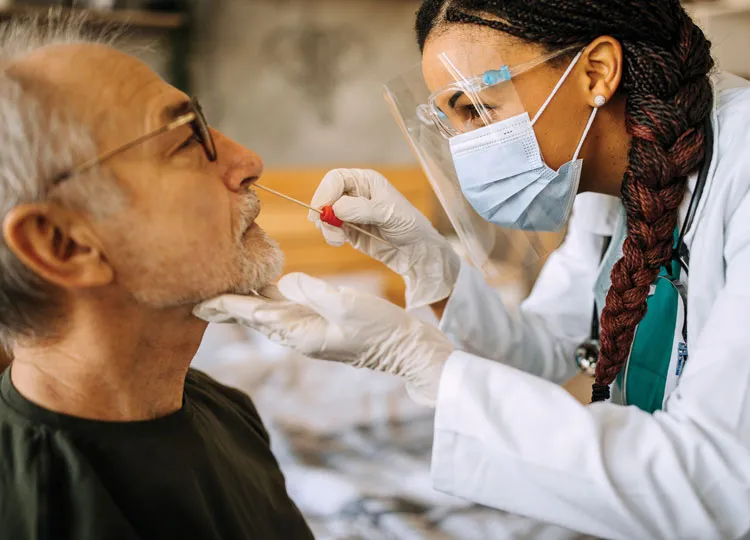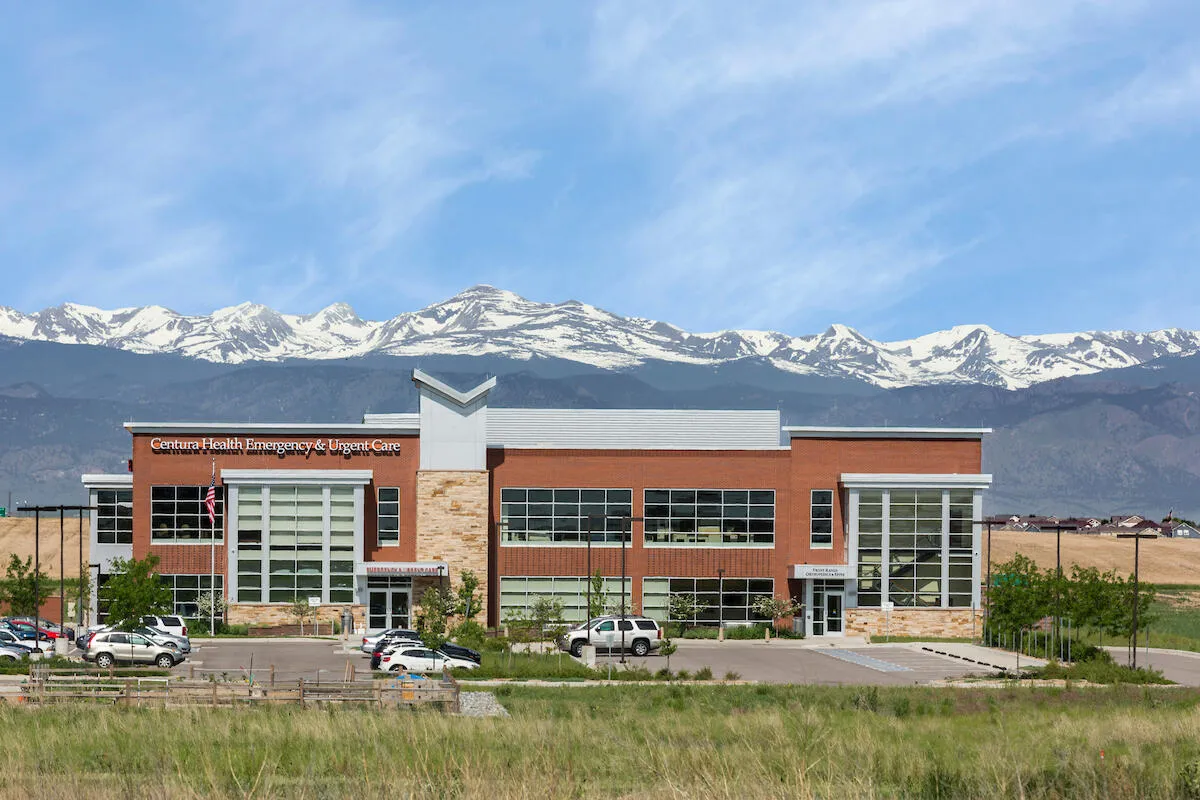Hospitals, public health prepare for small COVID outbreaks

As of this story’s publication, at least half of all American adults have received both of the two-shot vaccines or the single-shot Johnson & Johnson vaccine against COVID-19, and researchers are working toward expanding approvals to children and teenagers.
Fewer indoor spaces are requiring masks, and bars and restaurants are returning to near or full-capacity seating. Friends and family are reuniting after months of isolation.
SPONSORED CONTENT
After a traumatic year and a half, it seems that life is returning to something resembling the good old days of November 2019, when the virus was on the verge of emerging as a mysterious pneumonia in Wuhan, China.
But while life is returning to normality in Colorado and beyond, public health experts and hospitals are preparing to manage the future of COVID-19 in a situation where large portions of the population remain unvaccinated whether by choice or due to medical restrictions.
Hyper-small outbreaks
Early in the pandemic, herd immunity was held as the gold standard of returning back to normal life. The theory went that if enough people received immunity whether through vaccination or natural infection, the virus wouldn’t be able to spread.
But several public health experts believe widespread herd immunity won’t be achievable for generations due to a combination of slipping vaccination rates and the threat of COVID variants that spread faster and, in the worst-case scenario, evade the protections that vaccines provide against the current crop of mutations.
Glen Mays, the chair of the Department of Health Systems, Management and Policy, at the Colorado School of Public Health, said the number of people vaccinated suggests that widespread community transmission will slow down, and small outbreaks occurring in religious congregations, workplaces and schools are likely to be where the disease manifests.
“That does mean that our public health and medical care systems are always going to need to be ready to turn back on the switch and respond to localized outbreaks, like we’ve had with other diseases,” he said.
Although that poses a risk to business operations at the individual level, it’s far less likely that another outbreak will occur that would force another round of stay-at-home orders.
Colorado Health Institute spokesman Joe Hanel said even those isolated outbreaks can be stopped with vaccinations, but the state and the country have reached a point where pretty much anyone who actively sought to get the shot as soon as possible has already done so.
“Now it’s a matter of taking the vaccine campaign out to people… Either people who lack access for some reason or another, or people who need to be convinced,” he said. “The success of that I think is going to determine what the next couple of years look like here in Colorado.”
For business owners, the threat of a shutdown from a COVID outbreak could remain a serious operational risk.
Jeff Helton, a professor of health care management at Metropolitan State University of Denver and a lecturer at the University of Colorado Denver Business School, said he has concerns about lost days at a place of work due to an outbreak as a result of bringing people back into a shared environment where not everyone is protected.
He also believes workers will decide to go elsewhere if they feel their health or the health of others is at risk from company policies.
“I suspect that we will also see a lot of employee turnover as workers look for work places that better align with their personal risk tolerance,” he said.
Hospitals prepare
Dr. Darlene Tad-y, the vice president for clinical affairs at the Colorado Hospital Association, said the state’s hospitals are planning to keep some of the COVID-era policies in the coming months to handle outbreaks as they occur, including into the colder months when the virus can spread more easily among the unprotected indoors.
“It was our hospitals that really had done their homework ahead of time in the planning for this, and really preparing and making sure that we have a capacity as the state to face that surge of patients (last fall),” she said.
Tad-y said that the groundwork was already laid for hospitals managing future COVID outbreaks during the past several months, and the research and experience gained during that time will make it easier for health-care workers to effectively treat the severely ill.
At the same time, those facilities are preparing to take care of those with chronic symptoms caused by “Long COVID,” and to manage an expected influx of patients who have deferred care during the past several months.
Another matter of concern is how long the immunity lasts. While early research suggests that the vaccines produce at least a six-month window of strong immunity against COVID and likely beyond, it’s not clear if a booster shot will be needed to maintain that protection and when.
At the same time, producing another round of mass-vaccinations could be difficult if annual flu shot statistics serve as a baseline. Just under half of Americans on average get that shot each year.
“We would need to support vaccination efforts, we would need to ramp up our supply chain for PPE, we need to get more Remdesivir supply on hand as we are heading into the outbreak season for COVID if it turns into something like a seasonal flu, and we’re ready for that,” she said.
Helton said telehealth is a key way that providers could strike a balance between costly COVID care and returning to more profitable procedures, particularly if the virus returns in force.
He noted that hospitals in Australia used a “hospital at home” concept where low-severity COVID patients were sent home and monitored there for any downturns, rather than keeping them in a hospital bed and straining in-person resources.
“Hospitals are trying to pivot in ways to maintain the ability to serve those profitable patients while taking care of COVID-19 outbreaks as they arise,” he said. “Moving patients into a home care setting will help hospitals be able to do that.”
As of this story’s publication, at least half of all American adults have received both of the two-shot vaccines or the single-shot Johnson & Johnson vaccine against COVID-19, and researchers are working toward expanding approvals to children and teenagers.
Fewer indoor spaces are requiring masks, and bars and restaurants are returning to near or full-capacity seating. Friends and family are reuniting after months of isolation.
After a traumatic year and a half, it seems that life is returning to something resembling the good old days of November 2019, when the virus was on the verge of emerging as a mysterious pneumonia in…




